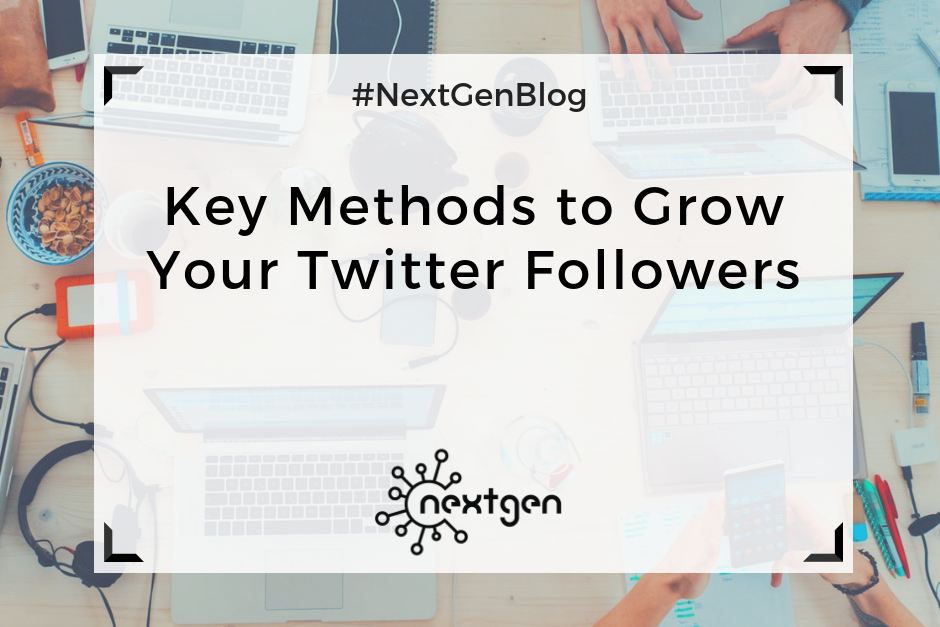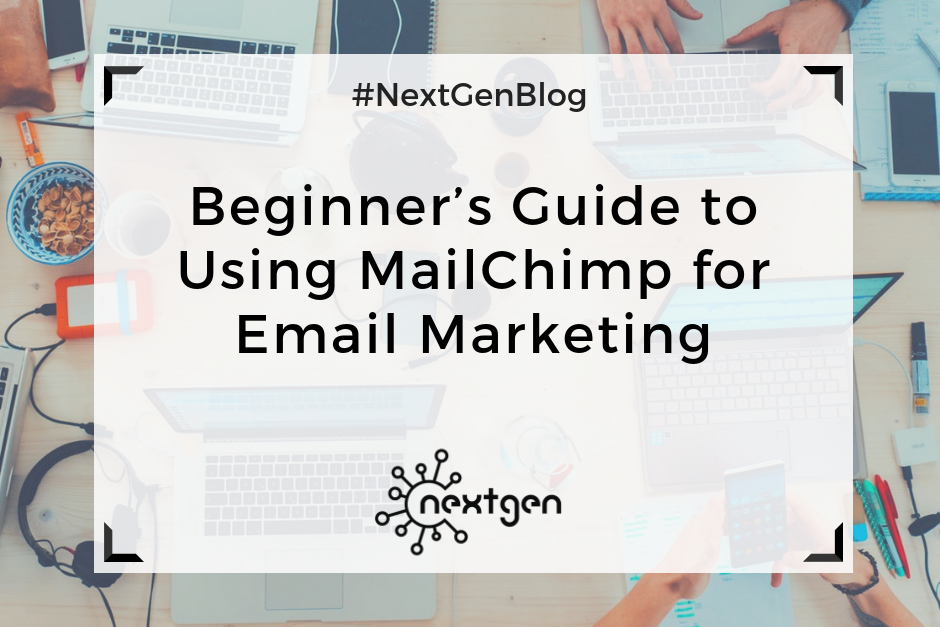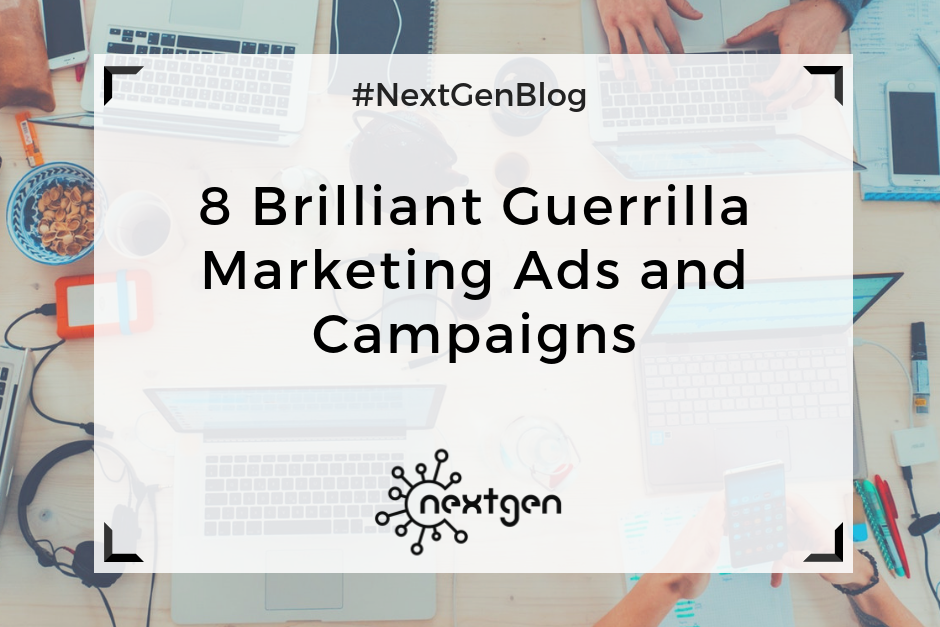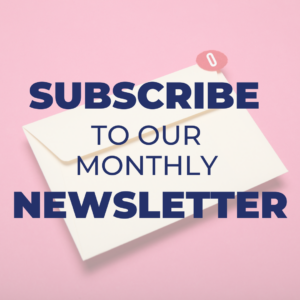
by Sofi | Apr 27, 2018 | Social Media Marketing
Are you searching to receive a greater and more relevant Twitter following? This blog will demonstrate the key methods to improve your Twitter experience.
#1 Post More Visual Content
Tweets involving visual content collect more likes, shares, and retweets than the tweets without visuals.Therefore, brands must attempt to combine their tweets with a supporting image. Even though there’s nothing wrong with text-based tweets, images are better poised to encourage visitors to look at your post. Temporarily, infographics are shared three times more frequently than any other image on Twitter. Hence, if you’ve got some persuasive data to share with the world, go for it. Just be sure to include a graphic!
#2 Hashtags
HashTags are an exclusive identifier for a particular topic. With just a hashtag, someone who knows nothing about you will notice your tweet if they click on it. Hashtags link tweets that have a similar concentration on a subject. Popular Topics are just trending hashtags at a particular time. Therefore, if you want to have a wider spread with your tweets, include a hashtag or two in your tweet. One thing to bear in mind though is be exciting, be humorous, and let your knowledge out. Dull tweets even on the most popular topic will have poor results.
#3 Add a follow button to your blog
In order to raise your following, it is essential to eliminate all barricades to entrance, and the main fence to entrance is people finding their way to your Twitter profile. The simplest way is to add a social media button to your blog.
#4 Add a Twitter share button to your blog posts
Adding a share button to a blog is imperative for achieving greater twitter followers. With share buttons included, readers can easily tweet posts. The essential phase is to confirm that your Twitter @username is included in your tweets. There are several social sharing plugins such as social warfare, wp social sharing, and swifty bar among others that have this option.
#5 Link out to influencers in your blog posts
There are people in your industry who have a great impact on your target audience. They have big audiences of their own, and you can expand into them. After you publish a blog post, make sure to link out to some influencers and let them know about it. You can inform influencers via Twitter, Google+, or email.
#6 Avoid sending many tweets in a small period
Sending numerous tweets in a short period will contribute to more people unfollowing you. If you’re using diverse tools to send tweets, it can become a bit of a juggling act. If you’re aware of it and attempt to space out your tweets, it will be a big help. Tools such as Buffer are helpful since rather than hitting the tweet button, adding tweets to Buffer will make them available at the agenda of your choosing.

by Sofi | Apr 20, 2018 | Digital Marketing Tools
Marketers use various online tools to build effective email marketing campaigns. One of those tools is MailChimp, which is an online email marketing service mainly used by small businesses and bloggers. It can be used for designing almost any kind of email, and it’s relatively easy to use even for beginners.
So, lets lay out the MailChimp basics.
Creating an account
To get started with MailChimp, you first need to set up a free account. You can do this by going to the MailChimp website and clicking on “Sign Up Free.” To create your account, you will provide an email address, username, and password. Then, after receiving a confirmation email you’ll also have to provide some personal information. Once you complete that, you can move on to the main menu and the dashboard, where you can find all the features you need to create an email marketing campaign.
Creating an email list
Before you start designing emails and creating campaigns, the first step is to create an email list or lists of subscribers to whom you will send your emails. To create a list, you should click on the “Lists” section in the top menu and provide list details which include list name, email address, your or your business’ name, as well as a reminder of how people got on your list. Then, you can start adding subscribers to your list by providing an email address, name, last name, address, and phone number for each one of them. You can also import lists from CSV of text files, copy and paste lists from .xls/.xlsx files, or import lists from integrated services like Google contacts, Salesforce, etc.
Creating a sign-up form
In MailChimp, you can create sign-up forms that you can add to your website and allow people to subscribe to your newsletter directly. To do this, you should navigate to the “Lists” section and choose the “sign-up forms” option in the right-hand drop-down menu on the list. You can choose to create general forms, embedded forms, subscriber popups, or form integrations. You will be able to build and design your forms according to your preferences, and you also have the option to translate your forms in other languages. After you create a form you can add it to your WordPress website via a plug-in called MailChimp for WordPress or manually–using an HTML code.
Creating an email template
To create an email template, you should go to the “Template” section in the main menu and click on “Create template.” There, you will have three different options: to choose a layout, to choose a theme, or to code your own template. Once you complete this step, you can move on to the Template editor. This is basically where you design the appearance of your email. On the left side you will see a preview of your template and on the right side you will see different content blocks and other design options. You can add text, images, social icons, buttons, and other elements by a simple drag and drop. You can also change the background color, the text color, use different fonts, etc. With a little bit of effort, you will be able to design beautiful email templates in no time. Once you are finished, you can send yourself and your team a test email to experience what your subscribers will see.
Creating a campaign
When your list and template are finished, you are ready to create a campaign. From the “Campaign” section on the main menu you should click on “Create campaign.” Then you can choose the type of campaign you want to create, which can be: a regular campaign, plain-text campaign, A/B split campaign, or RSS-driven campaign. Next, you will choose the list to which you will send your email, and then setup the campaign by providing details like campaign name, email subject, “from” name and email address, etc. As a final step, you should choose the template you want to send for the campaign or create a new one. Once you do that, you’re taken to a confirmation page where you can overview your campaign before finally hitting the “Send” button.
MailChimp can be a very helpful tool, and it is quite easy to learn. We recommend it to anyone willing to boost their email marketing efforts and create amazing email marketing campaigns.

by Sofi | Apr 13, 2018 | Marketing Strategy
Differentiation enables you to offer greater value to clients at a reasonable price, creating a situation that can increase the total profitability of your business. There are several methods to distinguish your business from competition, including product, service, channels of distribution, relationships, reputation/image, and price.
#1 Product Differentiation
Product differentiation is the most noticeable method. It includes actual physical and perceived differences, of which the latter can be shaped through advertising. Product differentiation may take the form of features, performance, efficacy (or the ability of the product to do what it is purported to do), meeting specifications, or a number of other criteria. This is the general area where most B2B marketers — and probably most consumer marketers as well — spend the majority of their time and dollars.
#2 Service Differentiation
Service differentiation contains not only distribution and clients service, but all additional supporting fundamentals of a business, such as: training, installation, and comfort of ordering. To many, these appear like the simple mechanisms of a business — the blocking and undertaking or the initial elements that do not require cleverness. For example, businesses like McDonald’s know how to differentiate on service. With rare exclusions, you will receive the identical product and the identical service at a McDonald’s in Texas that you will get in Georgia, Connecticut, or California. And in every location, the fries will be baked identical, have the identical amount of salt, and be served up likewise as fresh from the fryer.
#3 Distribution Differentiation
Channels of distribution are also an efficient means of differentiation. Distribution can deliver coverage or accessibility, instant access to know-how, greater ease of ordering, and better stages of clients or practical service. For numerous producers facing a fragmented market, it is not possible to influence the end user without the distribution function. Structuring materials, for instance, requires having a plan to somehow transfer them from factory plant to contractor. These products characteristically transfer through two stages of distribution counting master distributors, specialty dealers, and retailers.
#4 Relationship Differentiation
Relationship differentiation is also an effective element of differentiation. Employees and team members with customer interfaces can deliver and establish capability, civility, integrity, reliability, and receptiveness. Accountable for performing everyday client-facing communication, they are the connection between the product and client. If that connection breaks downs, the business is demolished.
In numerous businesses, the sales representative, CSR, or the technical service representative becomes a reliable associate of the customer’s team, confirming that the product is transported on time and works as it is supposed to, while undertaking any matters rapidly and precisely. Performance like this generates emotional bonds among the seller and customer.
This avenue of differentiation is nearly linked to service but directly targets the people. Clients desire to perform business with people, not an organization. Structuring this connection takes time but creates an extremely differentiated position. This is the best way for any business method to become more detailed and differentiated from others.

by Sofi | Apr 6, 2018 | Other
Guerrilla marketing is an advertising concept that uses unconventional methods to promote a brand’s products and services. It is usually done with a low budget, and it is focused on getting the attention of the public in a unique way. Although it takes a lot of creativity and imagination to create a guerrilla marketing ad or campaign, it can be very beneficial as well. It can easily increase brand awareness and recognition, as well as drive sales. There are various types of guerrilla marketing: ambient marketing, ambush marketing, stealth marketing, viral/buzz marketing, guerrilla projection advertising, grassroots marketing, wild posting, astroturfing, and street marketing.
Here are 8 examples of attention-grabbing and memorable guerrilla marketing ads and campaigns.
#1 KitKat
KitKat took ordinary benches and turned them into genius ads. They made the benches look a lot like KitKat chocolate bars and added the brand message: “Have a break. Have a KitKat.”- inviting people to take a break and relax on the benches.

#2 McDonalds
Here is just one notable example of how the fast food giant McDonalds used guerrilla marketing, who is known for adapting this style many times in various ways. They painted a crosswalk to look like McDonalds fries as a cool way to target countless pedestrians and drivers that cross that street every day.

#3 National Geographic
National Geographic promoted their National Geographic Museum with a fun guerrilla marketing campaign. With simple dots, they connected their photos of lions and leopards to a framed text saying: “What’s it take to get this photo? Stand here with a camera for three years.”

#4 Nike
Nike ads are all about motivating people to move. Their brilliant guerrilla campaign in New York aimed to motivate people to run. They drew their logo on park benches and added the word “RUN” next to the logo. The benches’ seating panels were removed, implying people should run instead of sitting down.

#5 Jeep
Jeep promoted their vehicles by creating a simple but creative street marketing campaign. Across the city of Copenhagen in Denmark, they painted parking spaces across unusual places like stairs and trees, depicting the way Jeep drivers can park their vehicles.

#6 IKEA
IKEA is one of the most creative brands when it comes to guerrilla marketing. They implemented the concept multiple times in different cities across the world. Memorable examples are the Paris metro and bus campaigns, where they placed IKEA sofas in metro stations and bus stops across the city. Passengers were able to wait for their train or bus sitting on one of IKEA’s cozy sofas.

#7 Tyskie
The Polish beer brand Tyskie proved that simple advertising can be highly effective if done right. All they did was place stickers of beer mugs with their logo behind the door handles of restaurants, bars, etc. People entering the doors would feel like they were reaching out for a cold Tyskie beer.

#8 IWC
IWC, the luxury Swiss watch manufacturer, found a very simple yet original way to advertise their famous Big Pilot watches. In airport busses, they attached photos of the watches to the hanging straps so that anybody could experience the illusion of trying on one of their luxury Big Pilot watches while on the bus.














